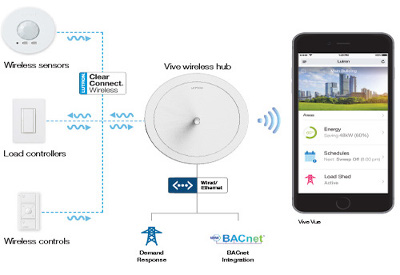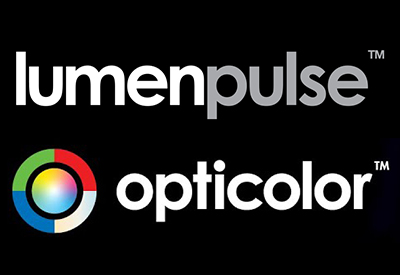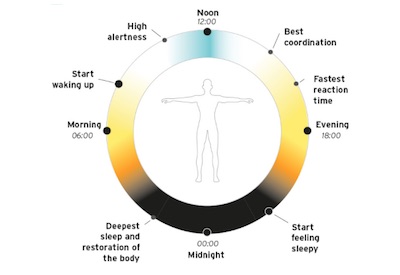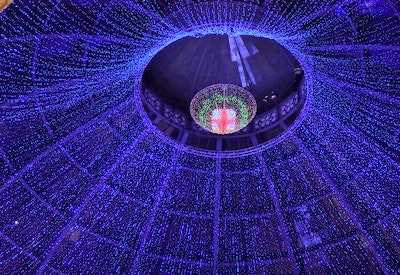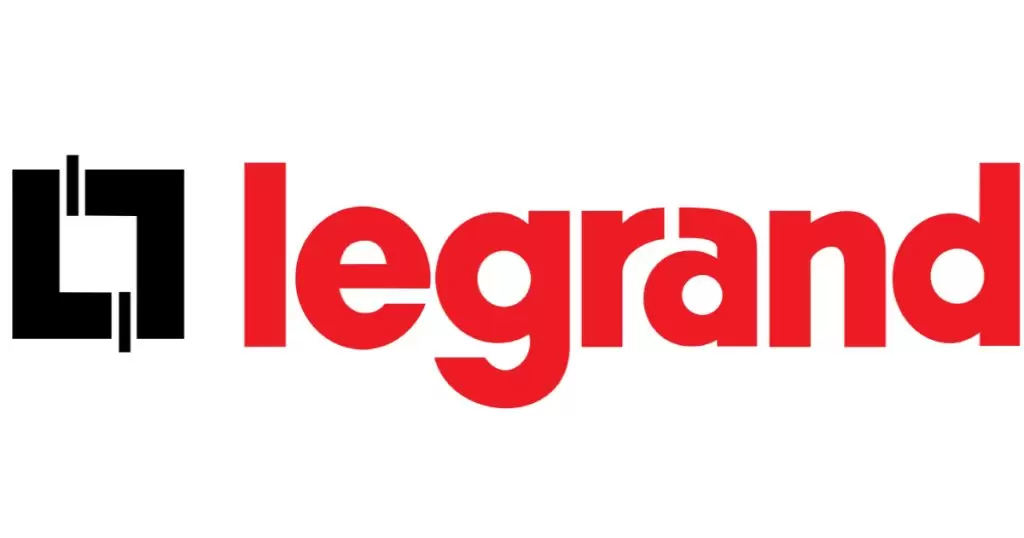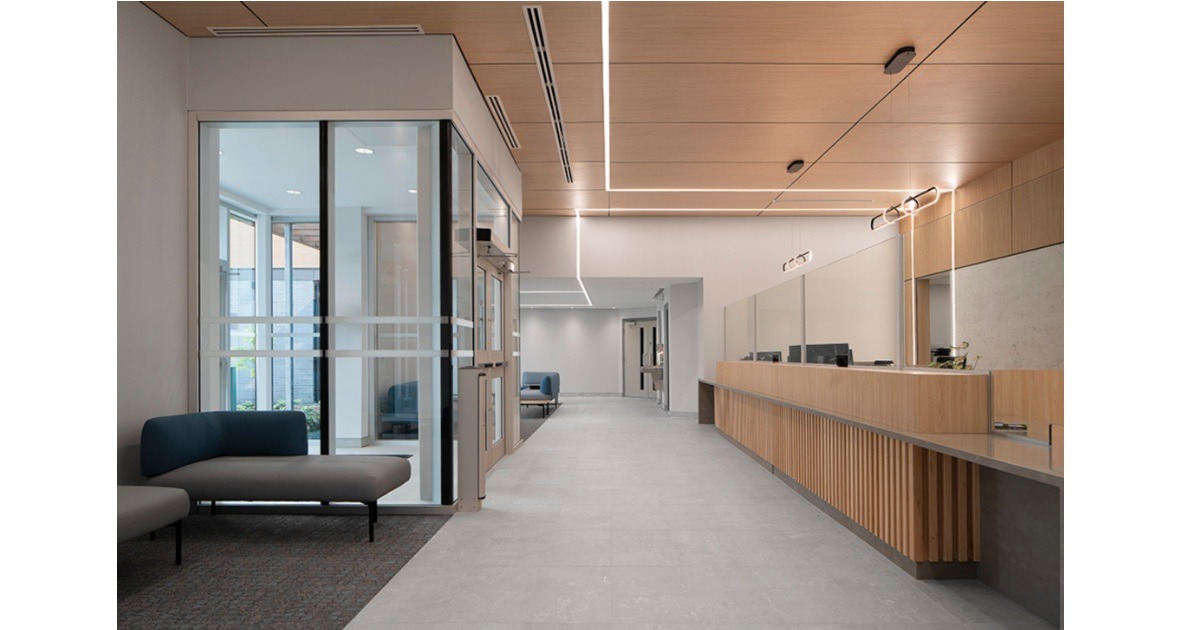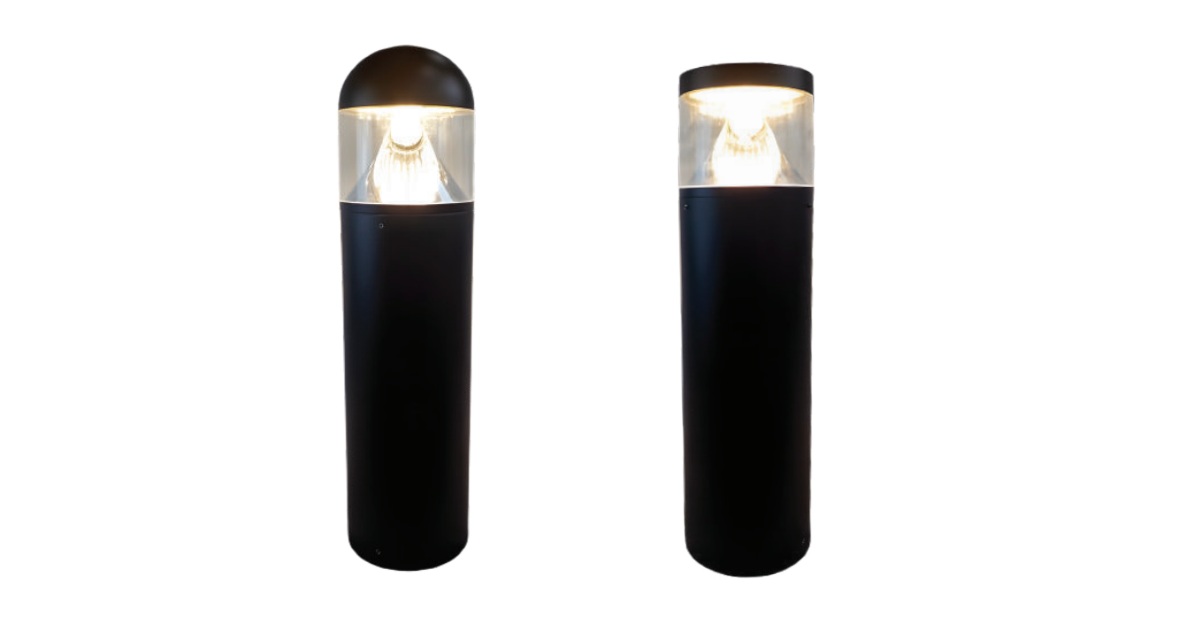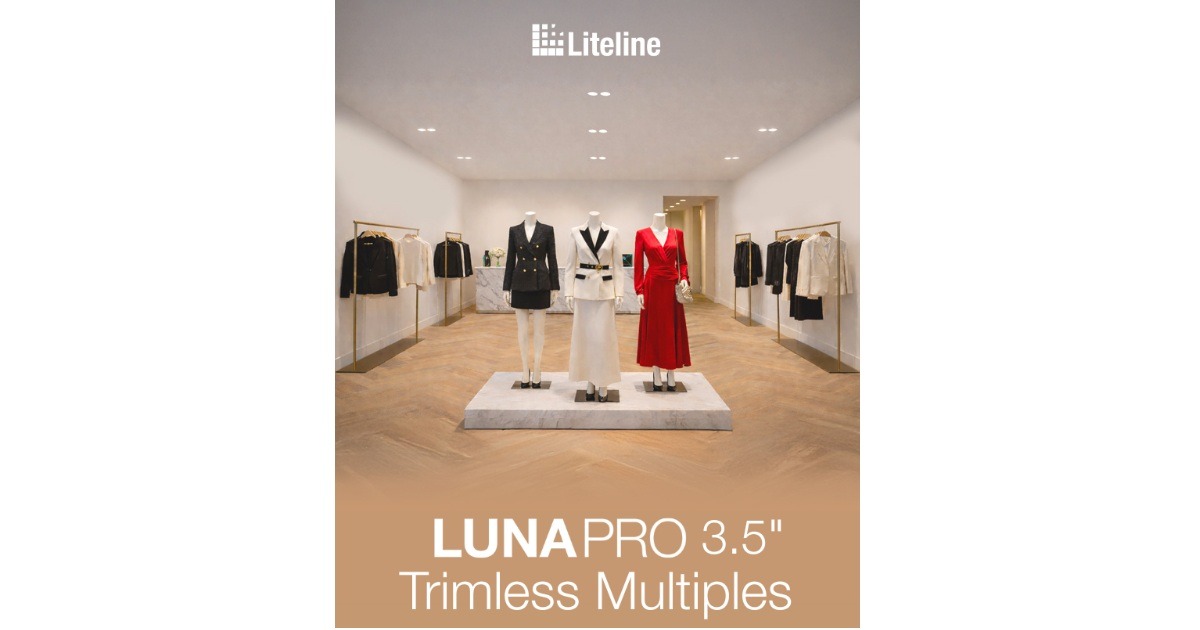Guidelines for Converting LED-to-LED: What Turnkey Lighting Contractors Need to Know

July 15, 2025
How Contractors Should Approach LED-to-LED Conversions to Ensure Delivery of Value & Preservation of Lighting Quality
As turnkey lighting contractors know, the wave of LED upgrades that swept across commercial and industrial buildings over the past decade brought major improvements in energy efficiency and maintenance reduction. But many of those first-generation LED systems installed between 2015 and 2020 are now entering a phase of performance decline that creates a ripe opportunity for LED-to-LED retrofits. A decline introducing risk of impending issues for building owners/managers as the system may have low light levels, performance issues (flickering) or even failure.
These opportunities often go unnoticed by building owners and facility managers. After all, they were sold on the promise of “long-life” lighting. And while it’s true that LEDs last significantly longer than legacy technologies like fluorescent or HID, many early systems are now running at 70-80% of their original light output. Add in driver degradation, evolving code requirements, and the emergence of more efficient designs, and it becomes clear: a strategic second-generation retrofit is not just justified, it’s often essential and cannot be simply ignored.

So, how should contractors approach LED-to-LED conversions? Below are key guidelines to ensure you deliver value, preserve lighting quality, and position yourself as a trusted advisor.
Understand the Lifecycle of LED Systems
While LED chips can last 100,000 hours or more, most systems are limited by the driver life – typically around 50,000 to 60,000 hours. (See Chart 3: LED Driver Life Curve: When Failure Risk Rises) For facilities operating two or more shifts, that threshold is often reached in 5-8 years. Even before full failure, driver degradation can lead to flicker, inconsistent dimming, or communication issues with controls.
Additionally, LED fixtures naturally depreciate in light output over time. Early systems may now have 20-30% less lumen output than when first installed. That means areas designed to meet minimum footcandle requirements may now be underlit, affecting safety, productivity, or compliance. (See Chart 1: Impact of Typical LED System Lumen Depreciation)

Be Thoughtful – a One-to-One Swap May Not be the Best Choice
One of the most common mistakes in LED-to-LED retrofits is assuming a direct replacement will deliver the best result. It’s critical to reassess the actual needs of the space rather than replacing old fixtures with newer versions of the same.
Start by evaluating:
- Current Light Levels vs. Original Design Intent – Initial light levels are not maintained light levels
- Changes in Space Usage – Since the original install
- Occupant Complaints or Feedback – Visual comfort
- Environmental Application – Is the light going where it should be, is it too hot, wet, caustic for the fixture type
- Applicable Code Updates – Since the original project
- Changing Corporate Goals – Energy or Carbon Emissions
This evaluation may reveal that the space would benefit from adjusted output, better distribution, or even re-zoning of control systems.
Focus on Lighting Quality
In the race for energy savings, lighting quality is sometimes an afterthought – but it shouldn’t be. LED-to-LED retrofits present a unique opportunity to optimize both.

Key considerations include:
- Color Rendering Index (CRI): Does the lighting render colors accurately enough for the space’s tasks? Consider R9 values as well for applications involving rich colors or skin tones. Note: Critical for healthcare, retail and printing applications!
- Color Temperature: Choose a temperature that supports the space’s mood and purpose. Warmer tones create comfort, while cooler tones enhance focus and alertness.
- Uniformity and Glare Control: Use lenses, optics, or new fixture types to reduce harsh shadows and prevent discomfort.
- Flicker: Low-flicker drivers and components should be prioritized – especially in office, retail, or health care settings.
Lighting quality directly affects occupant satisfaction, so make sure your design enhances the user experience as well as energy performance.
Reassess Controls & Integration
Many first-generation LED systems were installed without lighting controls, or with basic occupancy or time-based settings. Today’s control options are more advanced, user-friendly, and affordable – making it the perfect time to upgrade.
Consider:
- Occupancy and daylight sensors to improve efficiency
- Zoning and scheduling controls for tailored light usage
- Integration with building management systems (BMS) for optimized mechanical savings
- Wireless platforms to minimize disruption and streamline commissioning
- Advanced Functionality with IoT systems – RTLS, Wayfinding, Process and Resource Optimization benefits can be multiples of the original energy savings.
Adding controls not only improves the return on investment, but also sets up the facility for future flexibility – especially as energy codes evolve. (See Chart 2: Maximizing ROI: New Tech Delivers More) Also see market segments that have the highest realized savings from controls. (Chart 2a: Benefits: Energy Savings)


Educate Building Owners
Many facility managers and building owners are unaware that their LED systems may no longer meet their needs or are approaching that time. They may assume that “LED means done.” It is imperative that they are aware that their system is aging, of what the risks/benefits of repair vs retrofit/replace are and to have a plan for when they reach that time. It’s up to you, the turnkey lighting contractor, to educate them on the realities of system life, light depreciation, and the benefits of a second-generation upgrade. (See Chart 3: LED Driver Life Curve: When Failure Risk Rises)
Use light meter readings, performance benchmarks, and energy modeling to show:
- Where light levels have dropped
- Where energy use could be further reduced
- How controls can deliver additional savings
- How new technology can align with sustainability or compliance goals
Helping your clients make informed decisions is one of the best ways to build trust – and earn repeat business.

Use This Moment as a Differentiator
As LED-to-LED retrofits become more common, the most successful contractors will be those who treat them as strategic opportunities, not just routine replacements. By taking a holistic approach – one that balances lighting quality, energy efficiency, long-term maintenance, and user experience – you’ll stand out in a competitive market.
This isn’t just another job. It’s a chance to revisit old clients, demonstrate thought leadership, and deliver measurable value. The systems you upgraded five years ago were the beginning. Now, you can make them better, smarter, and more future-ready than ever.
Final Thought
The LED revolution isn’t over – it’s evolving. As a turnkey lighting contractor, you have the opportunity to lead that evolution. Done right, LED-to-LED conversions can light the way to new business, deeper client relationships, and a reputation for doing more than just lighting the room – you’re lighting the way forward.
For more information on Acuity Brands Retrofit products, tools and resources, please visit the Retrofit Solutions website: www.acuitybrands.com/retrofit

LED-to-LED LED-to-LED LED-to-LED LED-to-LED



